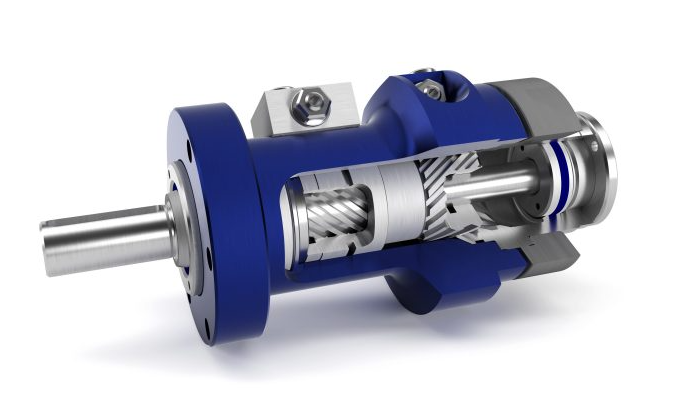The Impact of Innovative Actuators in the Automation Field

Meta Description: The crucial role of linear actuators in smart homes in energy efficiency and security. Learn about their impact in shaping the sustainable, efficient infrastructure of smart cities.
Contents
Actuator-Driven Innovations: How Emerging Technologies are Changing the Game
Within the vibrant world of cutting-edge technological advancements, actuators remain the unsung heroes, silently powering countless innovations. These versatile components are pivotal in translating electrical signals into physical movement, acting as the muscles behind the technological marvels we see today.
From the intricate workings of robotics to the seamless automation in smart devices, actuators are at the heart of modern advancements. Their role in evolving fields like medical technology and sustainable energy solutions is not just crucial but transformative. Brands like Progressive Automations are at the forefront, driving this evolution with cutting-edge actuator technology. This heralds a thrilling era where the potential of actuators in shaping our future is limitless.
The Development Process of Actuators in Technology
The evolution of actuators in technology is a captivating tale of progress, from humble mechanical components to today’s intelligent devices. Initially, actuators were simple mechanisms, often manual or powered by basic hydraulics and pneumatics. These early incarnations performed straightforward tasks, like opening valves or controlling machinery, laying the groundwork for more complex applications.
As technology advanced, so did actuators. The introduction of electric actuators marked a significant leap, allowing for more precise and controlled movements. These were pivotal in early automation systems, leading to more efficient manufacturing processes. The digital revolution brought another transformation, integrating sensors and smart controls into actuators. This leap enabled them to adapt and respond to their environment, increasing their utility in various fields.
Today, actuators are central to many cutting-edge technologies. In robotics, they provide the dexterity and fluidity needed for delicate surgical robots or rugged exploration rovers. In renewable energy, sophisticated actuators control the precise movements of solar panels and wind turbine blades, optimizing energy capture. Similarly, in the automotive industry, advanced actuators are key to the responsive systems in electric and autonomous vehicles, enhancing performance and safety.
This journey from basic to intelligent systems illustrates not just technological advancement but a broader trend toward integration and sophistication in actuator applications, signaling a future where their potential is bound only by the limits of innovation.
The Future is Smart: Actuators in Smart Homes and Cities
In the visionary world of smart homes and cities, actuators are playing a pivotal role in shaping a future where technology seamlessly integrates into our daily lives. This integration is not just about convenience; it’s a fundamental shift towards energy efficiency, enhanced security, and a new paradigm in urban living.
In smart homes, actuators are the silent orchestrators behind the scenes. They enable the automation of various home systems, from adjusting blinds to the desired angle for optimal sunlight to regulating HVAC systems for efficient temperature control. These seemingly small actions, powered by actuators, contribute significantly to energy conservation. For example, intelligent climate control systems use actuators to adjust settings based on occupancy and weather conditions, thus reducing unnecessary energy consumption. Additionally, in security systems, actuators play a critical role, in operating locks and surveillance cameras, offering homeowners peace of mind with their reliability and responsiveness.
The impact of actuators extends beyond individual homes to the broader concept of smart cities. Here, they are integral to infrastructure management, traffic control, and public services. In traffic systems, actuators are used in intelligent signaling systems, optimizing traffic flow and reducing congestion, which in turn decreases urban pollution. Public transportation systems benefit from actuators through automated doors and accessibility platforms, enhancing the efficiency and safety of travel.
In urban environments, actuators are also crucial in managing utilities and resources. For instance, they are used in water treatment plants for precise control of valves and gates, ensuring efficient water management. Similarly, waste management systems, facilitate the sorting and processing of recyclables, contributing to a more sustainable urban ecosystem.
As cities continue to grow, the integration of actuators in smart technologies offers a promising path towards more sustainable, secure, and efficient urban living. They are not just components; they are foundational elements in the blueprint of future cities, where every movement and action is optimized for the betterment of its inhabitants and the environment.



![[Fixed] Gmail not showing new emails on Android 4 Gmail-Signature-Image-not-working-on-android](https://bytevarsity.net/wp-content/uploads/2021/02/Gmail-Signature-Image-not-working-on-android.png)


